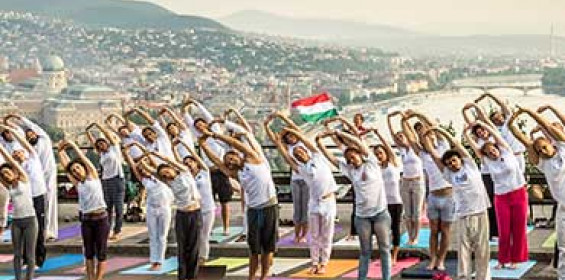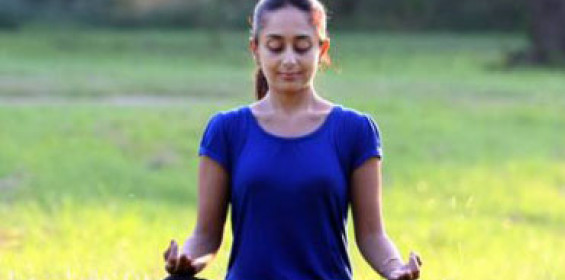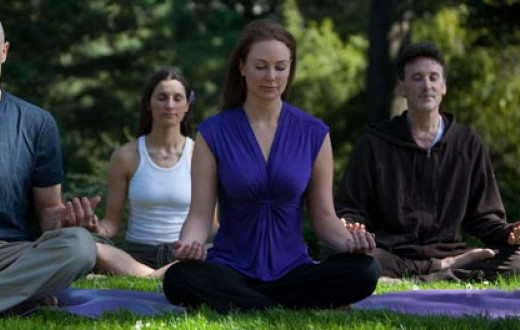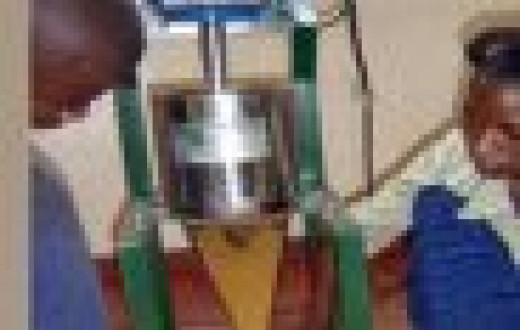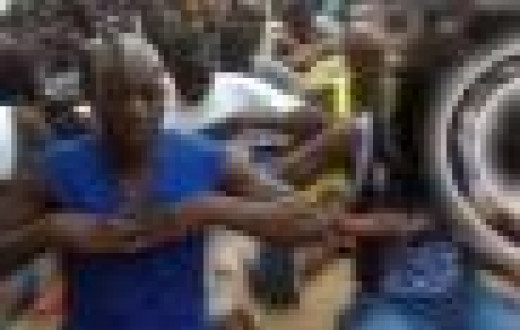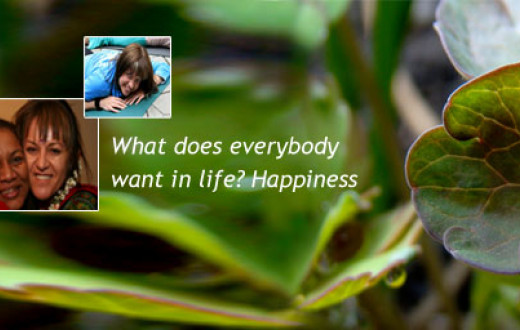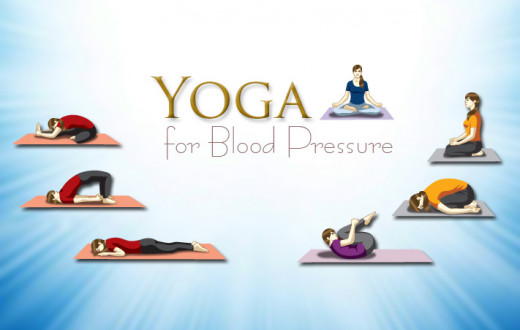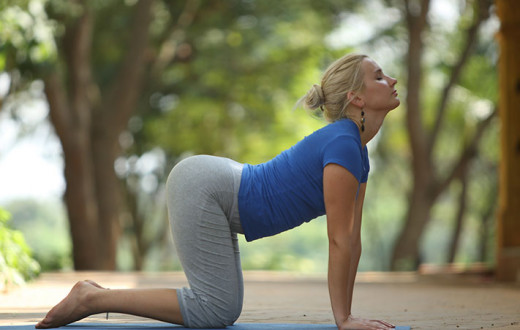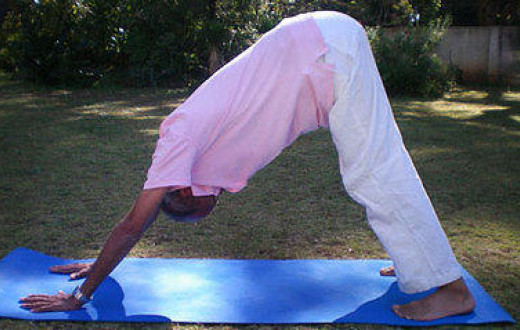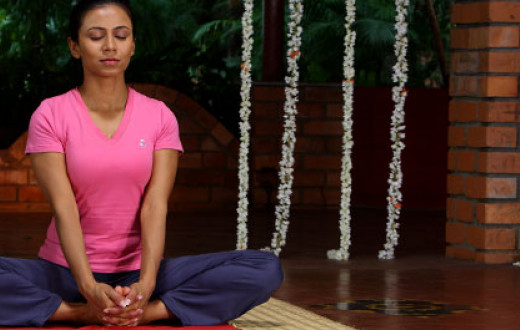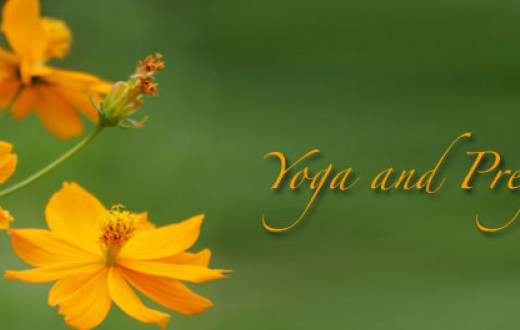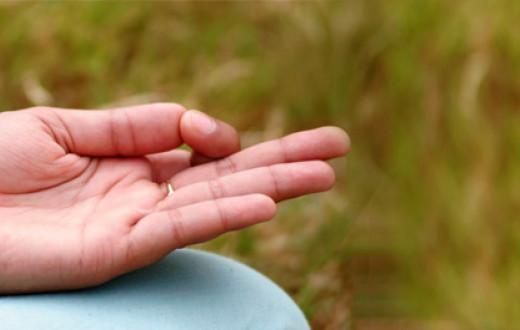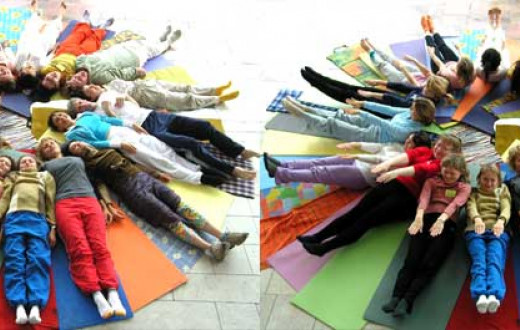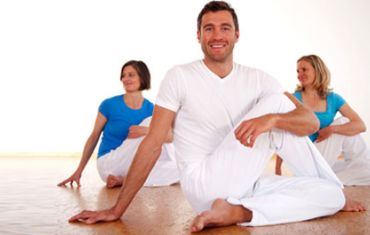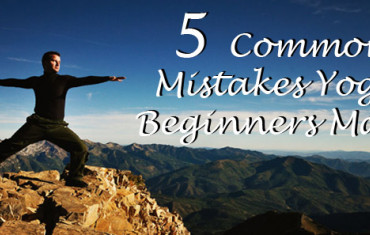Patanjali Yoga Sutra Knowledge Sheet 85
Contd. from knowledge sheet 84
“Tasminsati shwasaprashwasayorgativicchedaha pranayamaha’’ (II Sutra 49)
tasmin = in that state of asana or posture; sati = being; shwasa = inspiratory breath; prashwasa = expiratory breath; gati = movement; vicchedaha = breaking; pranayamaha = regulating the breath.
“In that state of being in asana or posture, breaking the movement of inspiratory or expiratory breath is regulation of breath.”
There, in that state of asana, obstructing the flow of breath that is natural. You are obstructing the natural flow because your flow is not natural at all. We have made our breath so unnatural, being unnatural. So whatever is natural is now unnatural. We have to revert backwards. How do you revert back? It’s not just by accepting what is. “However the breath is going, I accept it”. No. Gati vichchedaha – break its movement. Break the movement of the breath by consciously breathing long, subtly and with counts and having attention at different places.
The next sutra:
“Bahyabhyantarastambhavruttirdeshakalasankhyabhihi paridrashto dirghasukshmaha’’ (II Sutra 50)
bahya = external; abhyantara = internal; sthambha = total restraint; vrittihi =; movement; desha = place; kala = time; sankhya = number; paridrishtaha = regulated; dirgha = long; sukshmaha = subtle.
“Internal and external breath and total restraint of breath is regulated by place, time and number and thus the breath becomes long and subtle.”
This one sutra has described all the pranayamas, just one sutra. Breath in, hold and breath out with different counts; while having attention on different parts of the body. In one sentence, in one sutra, all the pranayamas are summed up.
There is one more pranayama which happens automatically. When all the thoughts, ideas in the mind and the objects are cleared, there is a natural pranayama which starts. It throws out all the impurities from the mind. That is the fourth pranayama.
“Bahyabhyantaravishayakshepi chaturthaha’’ (II Sutra 51)
bahya = external; abhyantara = internal; vishaya = regions; akshepi = going beyond; chaturthaha = fourth.
“The fourth type of pranayama happens when the regions or spheres of internal and external breaths have been gone beyond of.”
In pranayama again, learn with proper guidance. Do not just do it on your own, but by proper guidance. The pranayama which happens all by itself without any effort is the fourth pranayama. As you go deep, the pranayama begins to happen and it breaks the routine way of breathing. It assumes a form of its own, a different rhythm. This is the fourth pranayama. What is the effect of pranayama?
<<Don't Shy Away From CriticismLife is Light>>
(This is part of a series of knowledge sheets based on Sri Sri Ravi Shankar's commentaries on Patanjali Yoga Sutras.)








